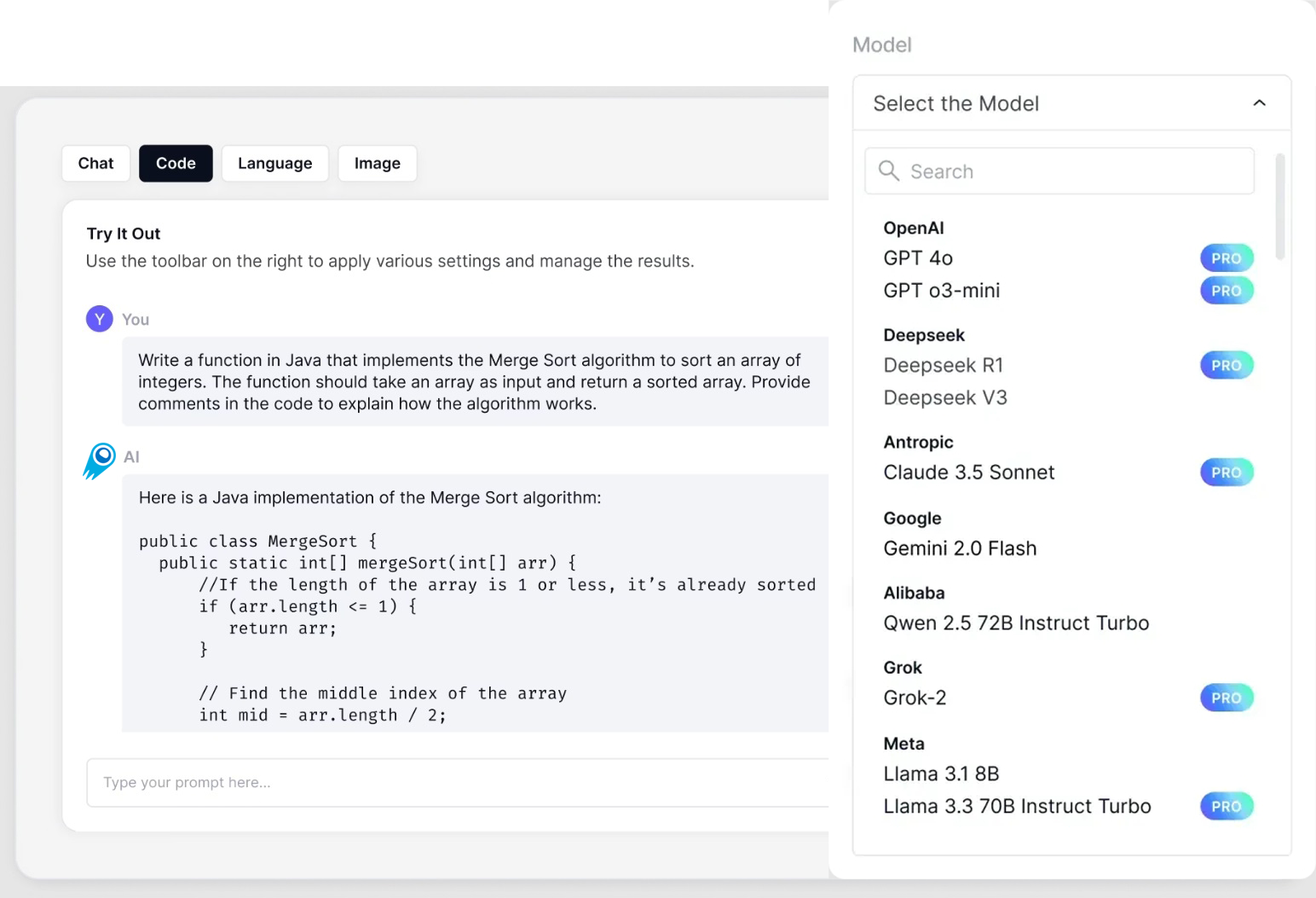Stable Audio 2.0 API is a cutting-edge neural network for audio generation that blends advanced machine learning techniques with seamless API integration, offering a revolutionary approach to creating, manipulating, and optimizing audio content.

Overview
Stable Audio 2.0 is a powerful artificial intelligence model designed to generate high-quality audio content using innovative algorithmic methodologies. Leveraging complex neural networks, this model is adept at creating diverse audio forms, from music tracks to sound effects, with unparalleled precision and efficiency. The Stable Audio 2.0 API serves as the gateway for developers and sound engineers to integrate our groundbreaking model seamlessly into their projects, enhancing sound capabilities with minimal effort.
Evolution of
From Stable Audio 1.0 to 2.0
The transition from Stable Audio 1.0 to 2.0 marks a significant leap in AI audio generation technology. While Stable Audio 1.0 laid the foundation for AI-driven sound design, version 2.0 builds on this groundwork by incorporating more sophisticated neural network architectures and enhanced audio processing algorithms. These upgrades ensure that Stable Audio 2.0 not only produces higher fidelity sound but also accommodates a wider range of user needs, from high-precision professional audio production to interactive applications.
Key Technical Innovations
Stable Audio 2.0 introduces several key innovations:
- Advanced Deep Learning Algorithms: Utilizing state-of-the-art deep learning models, Stable Audio 2.0 achieves unprecedented levels of accuracy in sound pattern recognition and generation.
- Integrated Multimodal Processing: The model supports simultaneous processing of multiple audio formats and styles, making it versatile for different applications.
- User-Friendly API Integration: The Stable Audio 2.0 API is designed for ease of use, allowing developers to integrate audio generation capabilities into their applications smoothly.
Technical Details
Architecture and Design
At the core of Stable Audio 2.0 lies its sophisticated architecture, comprising multiple neural network layers intricately designed to understand and recreate audio inputs. Key components of its design include:
- Convolutional Neural Networks (CNNs) for detailed audio wave analysis.
- Recurrent Neural Networks (RNNs) that enable sequential sound pattern synthesis.
- Generative Adversarial Networks (GANs) which enhance the model’s ability to create realistic and high-quality audio textures.
Training Dataset and Methodology
Stable Audio 2.0 is trained on an extensive, high-quality dataset encompassing diverse audio categories to ensure versatility and precision. The training methodology includes supervised learning combined with unsupervised techniques, allowing the model to independently refine its audio quality over time. Continuous training on fresh datasets ensures that the AI remains updated with current audio trends and innovations.
Related topics Best 4 Image Generation AI Models For 2025
Advantages
Superior Audio Generation
One of the defining features of Stable Audio 2.0 is its superior audio generation capabilities, which allow users to create diverse soundscapes and music tracks that were previously unattainable with conventional methods. This advancement is particularly beneficial for industries such as music production, game development, and virtual reality, where audio quality is paramount.
Efficiency and Scalability
The efficient algorithms underpinning Stable Audio 2.0 allow for rapid audio processing, thereby reducing production time and enhancing scalability. Whether generating sound effects for a single project or designing comprehensive audio libraries for multiple platforms, Stable Audio 2.0 ensures consistent output quality with minimal computational overhead.
Robust API Integration
The Stable Audio 2.0 API stands as a testament to user-centric design, granting developers access through a straightforward integration process. With comprehensive documentation and support, developers can quickly deploy AI-driven audio generation solutions in consumer-centric applications, enhancing user engagement with rich, expertly-crafted soundscapes.
Related topics:The Best 8 Most Popular AI Models Comparison of 2025
Technical Indicators of Stable Audio 2.0
Audio Quality
The audio output generated by Stable Audio 2.0 is evaluated using several technical indicators, including harmonic accuracy, noise reduction, and dynamic range. Advanced filtering techniques ensure clarity and fidelity, catering to high-end production environments and standard consumer usage alike.
Latency and Processing Speed
Stable Audio 2.0 offers impressively low latency and high processing throughput, ensuring that audio generation processes are not only fast but synchronize in real-time for interactive applications. These technical indicators underpin its suitability for use in demanding environments such as gaming and live audio performance setups.
Related topics Best 4 Image Generation AI Models For 2025
Application Scenarios for Stable Audio 2.0
Music Production
In the realm of music production, Stable Audio 2.0 serves as an invaluable tool, providing composers and producers with AI-driven resources to streamline the creation of compositions, enhance sound design, and even generate new musical ideas. By leveraging the model’s capabilities, artists can explore new creative territories and achieve audio results with precision and ease.
Gaming and Virtual Reality
Stable Audio 2.0 is indispensable in the gaming and virtual reality sectors, where authentic audio environments significantly enhance user immersion. The ability to dynamically generate sound effects and ambient soundscapes on the fly allows developers to craft a more engaging interactive experience, pushing the boundaries of what is technically possible within these fields.
Audio-Visual Content Creation
For audio-visual content creators, Stable Audio 2.0 offers a powerful solution for integrating high-quality, AI-generated audio into projects, from films and advertising to educational content. Its flexibility in matching and synchronizing audio with visual elements ensures a seamless integration process, enhancing the overall impact of projects.
Personalized Audio Experiences
The advanced sound synthesis capabilities of Stable Audio 2.0 also provide opportunities for personalized audio experiences, such as custom ringtone creation and virtual assistant customization. By tailoring sound output to individual user preferences, Stable Audio 2.0 enables applications that cater to bespoke audio needs.
Related topics:The Best 8 Most Popular AI Models Comparison of 2025
Conclusion
Stable Audio 2.0 represents a breakthrough in AI-driven audio generation, providing unparalleled tools for developers and creators across various industries. With its robust API, high-quality audio output, and efficient processing capabilities, it is poised to transform how audio content is conceived and experienced. By leveraging this cutting-edge technology, users can unlock new creative possibilities and elevate their audio projects to unprecedented heights.


